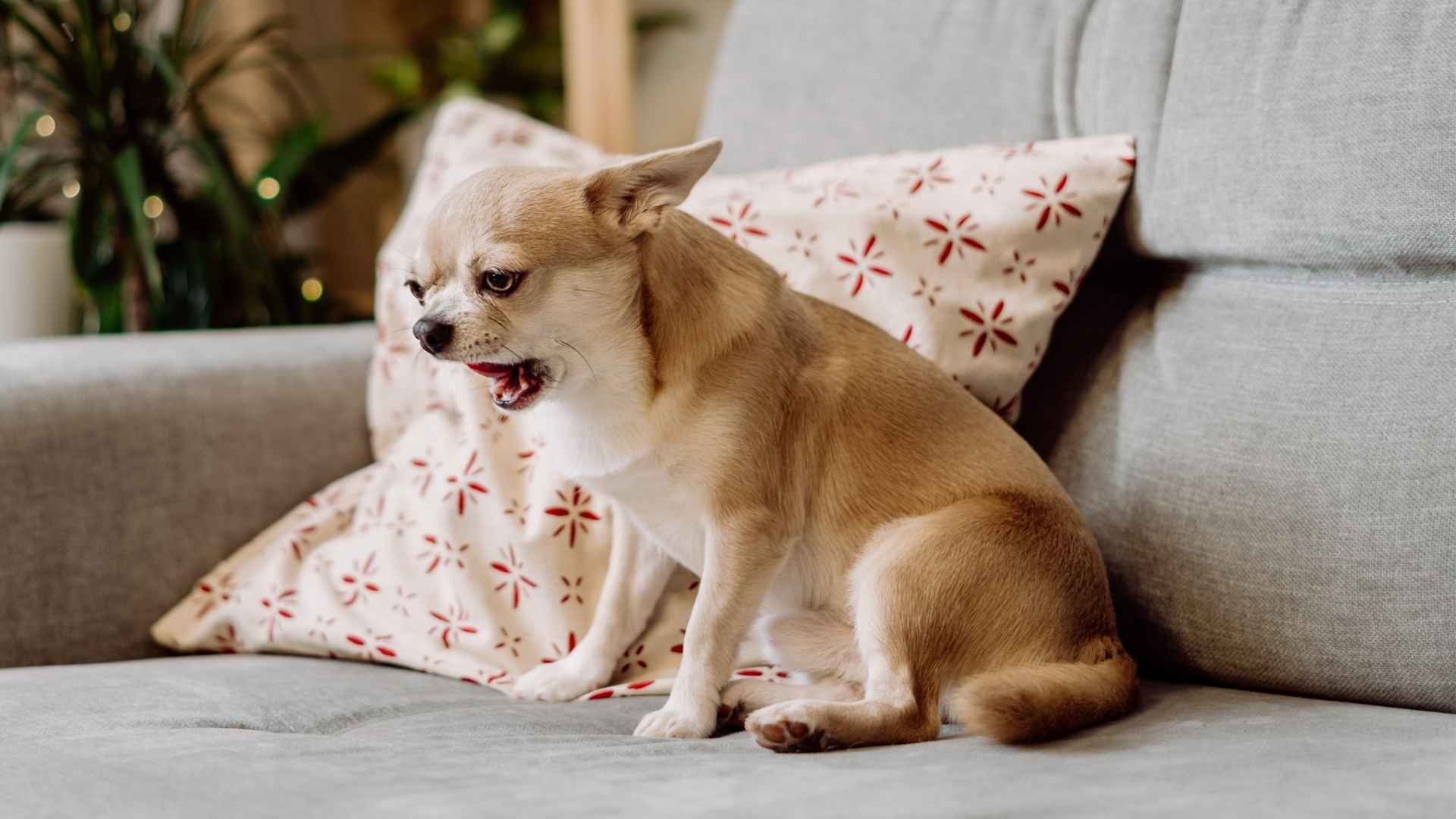Can dogs really be rude, or are they simply misunderstood?
While many popular dog breeds are known for loyalty and affection, others gain reputations for being stubborn, bossy, or even aggressive. Dogs don’t act “rude” out of malice — often it comes down to natural behavior, instincts, and lack of proper training and socialization.
The American Kennel Club offers a breed temperament guide to help owners understand each breed’s natural tendencies. They explain that temperament includes traits like independence, boldness, sensitivity, and whether a dog is comfortable with new stimuli.
Without structure, dogs with more independent or strong-willed temperaments may bark excessively, ignore commands, or even react with dog bites when they feel threatened. That doesn’t make them bad pets — it means they need the right support from their owners.
In this article, we’ll explore seven of the rudest dog breeds of all time. From small but headstrong pups to confident large dogs, you’ll see that “rudeness” often reflects a spirited personality — not a bad dog.
The Rudest Dog Breeds Of All Time
1. Chihuahua
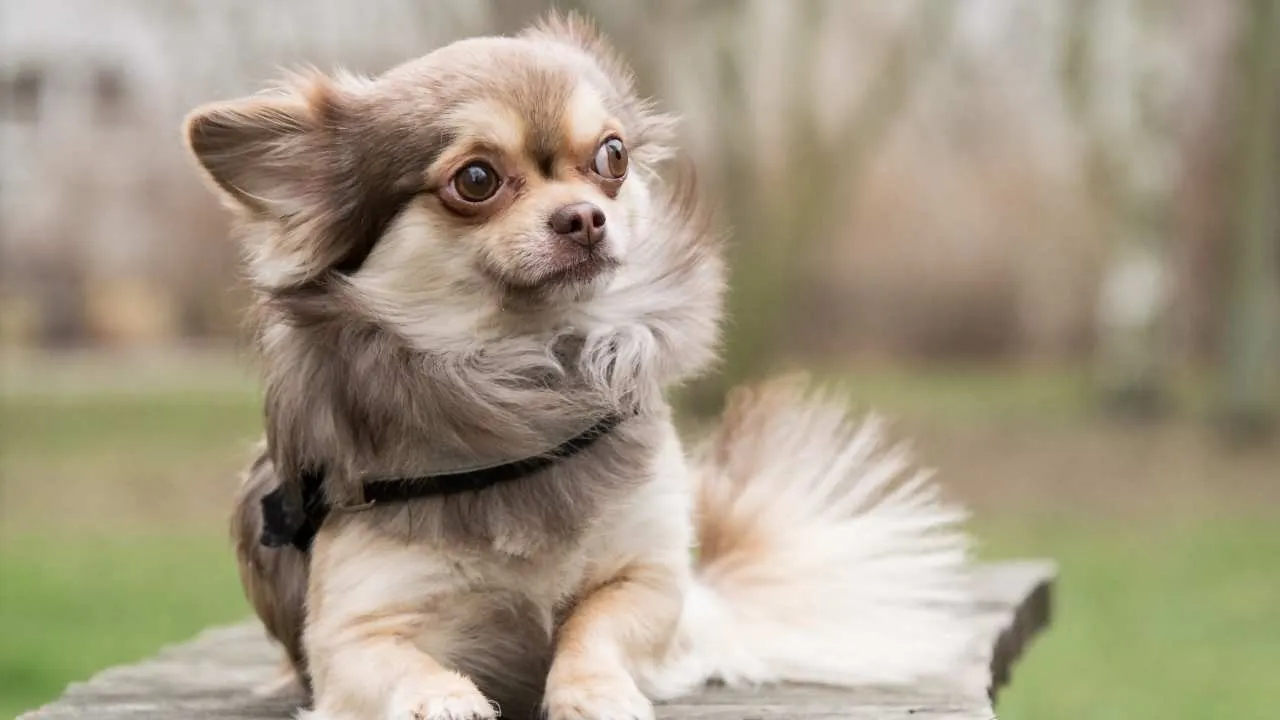
Although Chihuahuas are tiny, they often make the list of popular dog breeds with bold personalities that surprise first-time dog owners. These little dogs are bold, bossy, and not afraid to challenge much bigger dogs.
Their fiery nature can surprise first-time dog owners, who expect a gentle lap dog but instead meet a spirited watchdog. They are commonly seen barking at strangers or other dogs, showing their protective nature.
Because they’re so attached to their owners, Chihuahuas often develop protective streaks. This can lead to barking at strangers, snapping at small children, or trying to boss around other breeds.
According to PetMD, this dog breed is also prone to anxiety, which can make their reactions feel even rude. Because of their bold nature, small dogs like Chihuahuas can sometimes cause accidental injury to small children if not supervised.
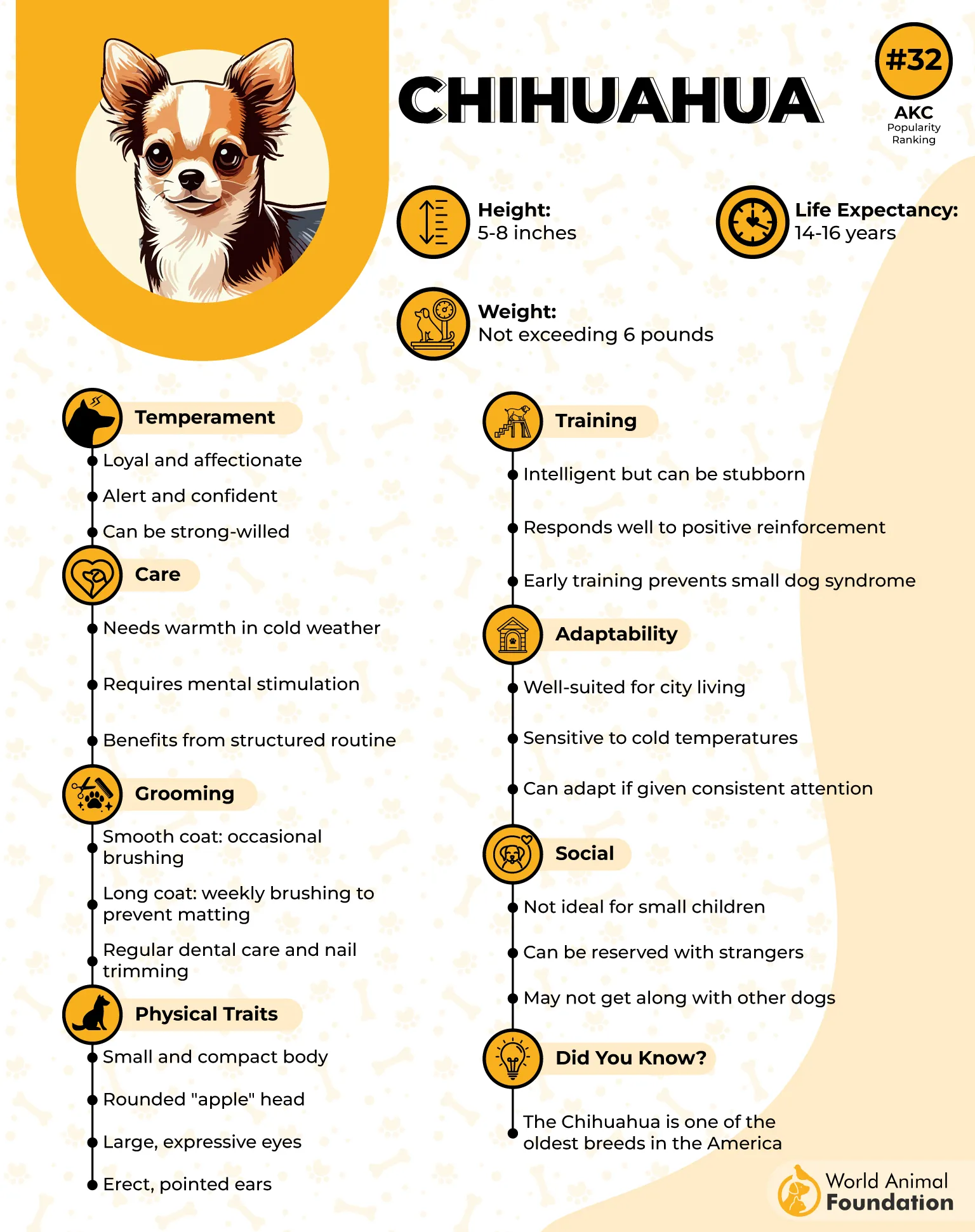
They can show rude behavior in a few ways:
Barking excessively when visitors arrive or when left alone
Ignoring commands if they don’t feel like listening
Attempting to bite when they feel threatened or mishandled
Guarding their favorite food, toys, or even their chosen person
With steady training, though, their stubborn streak can be managed, and they can also get along well with other breeds. If mishandled, they might even attack, but this behavior is usually aggressive rather than malicious.
These canines are intelligent and alert, so positive reinforcement works best to encourage them to behave politely.
Fun fact
Despite being one of the smallest dog breeds, Chihuahuas often act like large dogs. Many owners joke that their Chihuahua believes it’s the “alpha” of the house, always ready to defend its family against anyone—even much bigger animals.
2. Dachshund
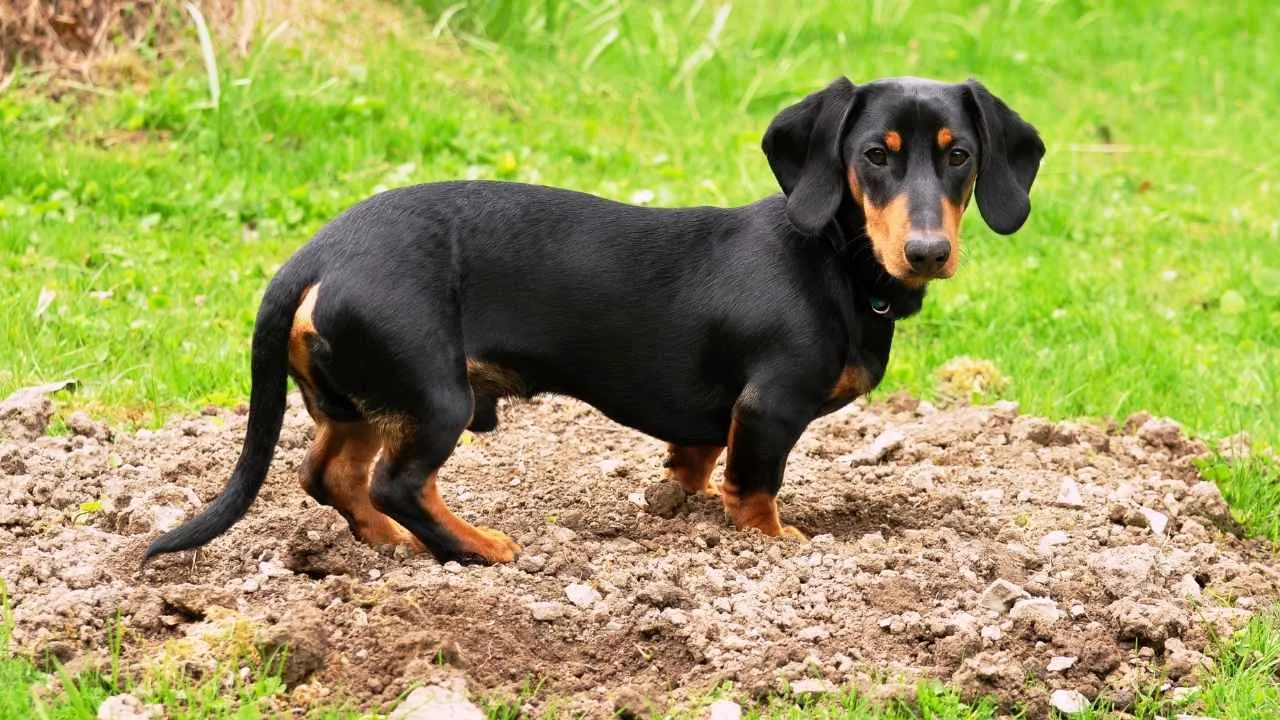
Dachshunds are a great example of how “rude behavior” in dog breeds is often rooted in their history. Dachshunds are among the popular dog breeds admired for their hunting history, but that same independence can appear rude at home.
These dogs were originally bred in Germany to hunt badgers and other burrow-dwelling animals — a job that demanded fearlessness, independence, and determination.
Because of this hunting background, Dachshunds tend to have a strong prey drive and can be quite stubborn.
Their natural hunting instincts often override commands, making training a challenge without patience and consistency. It’s common for them to get distracted by scents or dig rather than follow a command.
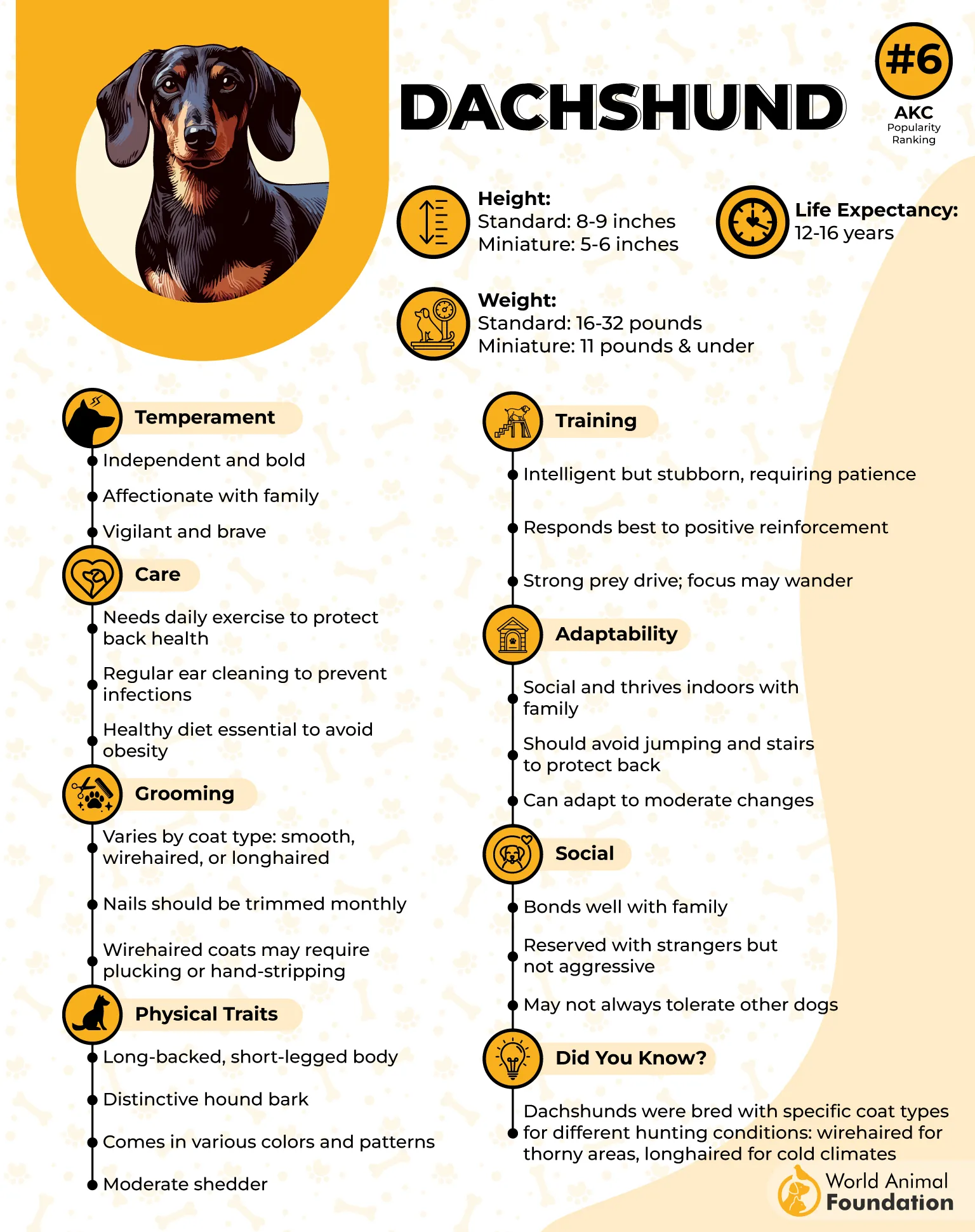
They can show rude behavior in a few ways:
Ignoring commands, especially when those commands conflict with their curiosity or instincts
Being aggressive or defensive towards strangers or other animals when they feel cornered
Engaging in dog bites if they feel threatened or pushed beyond their comfort zone (particularly if not socialized)
Squabbling with other breeds over space or resources
Training a Dachshund isn’t impossible — but it does require patience, consistency, and positive reinforcement.
Without proper socialization, their aggression toward strangers or other breeds may increase. Because they are intelligent, they respond best when they see the benefit in listening. Dachshunds are commonly distracted by scents or small animals, which can make training a challenge.
Fun fact
Dachshunds have flap-down ears and a curved tail designed for their hunting job — the ears help block out debris while digging tunnels, and the tail gives a signal in tall grass so their human partners can spot them.
3. Jack Russell Terrier
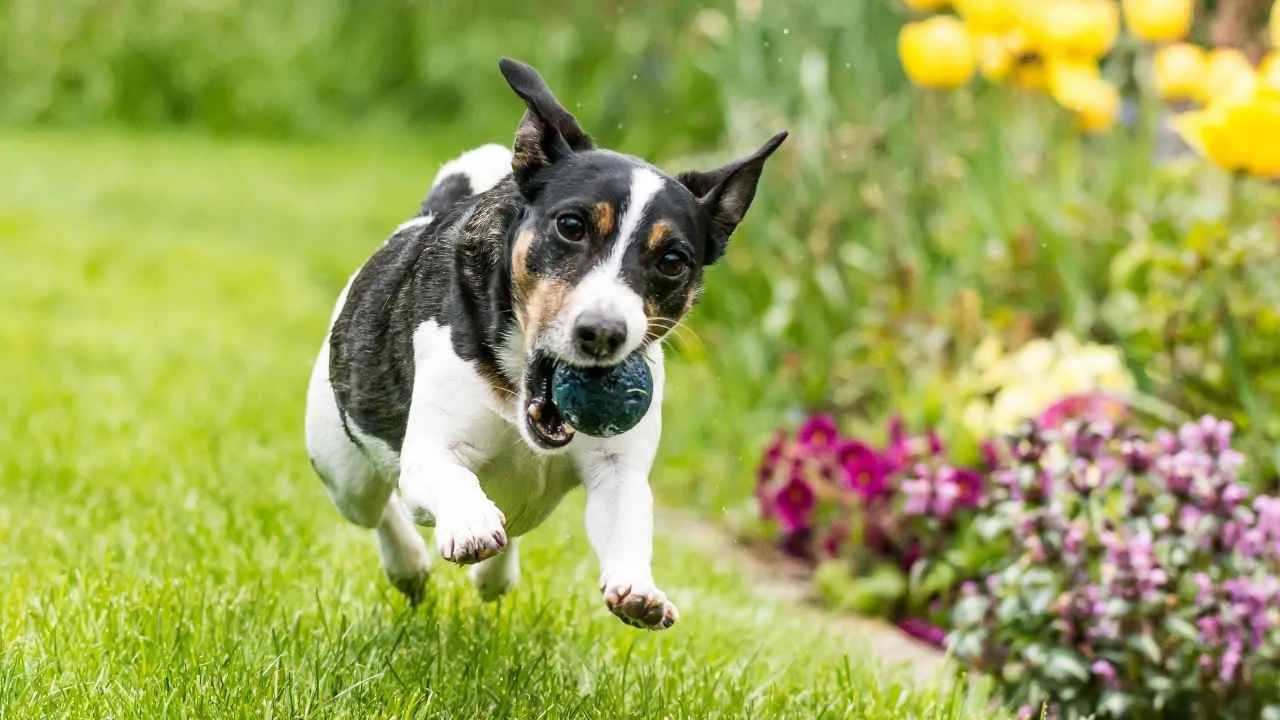
Jack Russell Terriers were initially bred in England for fox hunting, which gave them serious energy, daring attitudes, and a strong prey drive. Because of that background, they often show traits that people interpret as “rude.”
They’re smart, bold, and sometimes rebellious. Owners need to maintain control over Jack Russells during playtime to prevent chasing small animals or causing trouble.
Instead of sitting quietly, Jack Russells are more likely to jump, dig, or bolt after something that catches their attention. Their strong hunting instincts mean they’ll chase squirrels, cats, or even shadows if they get bored.
Without daily outlets like exercise or play, they may chew or dismantle things around the house.
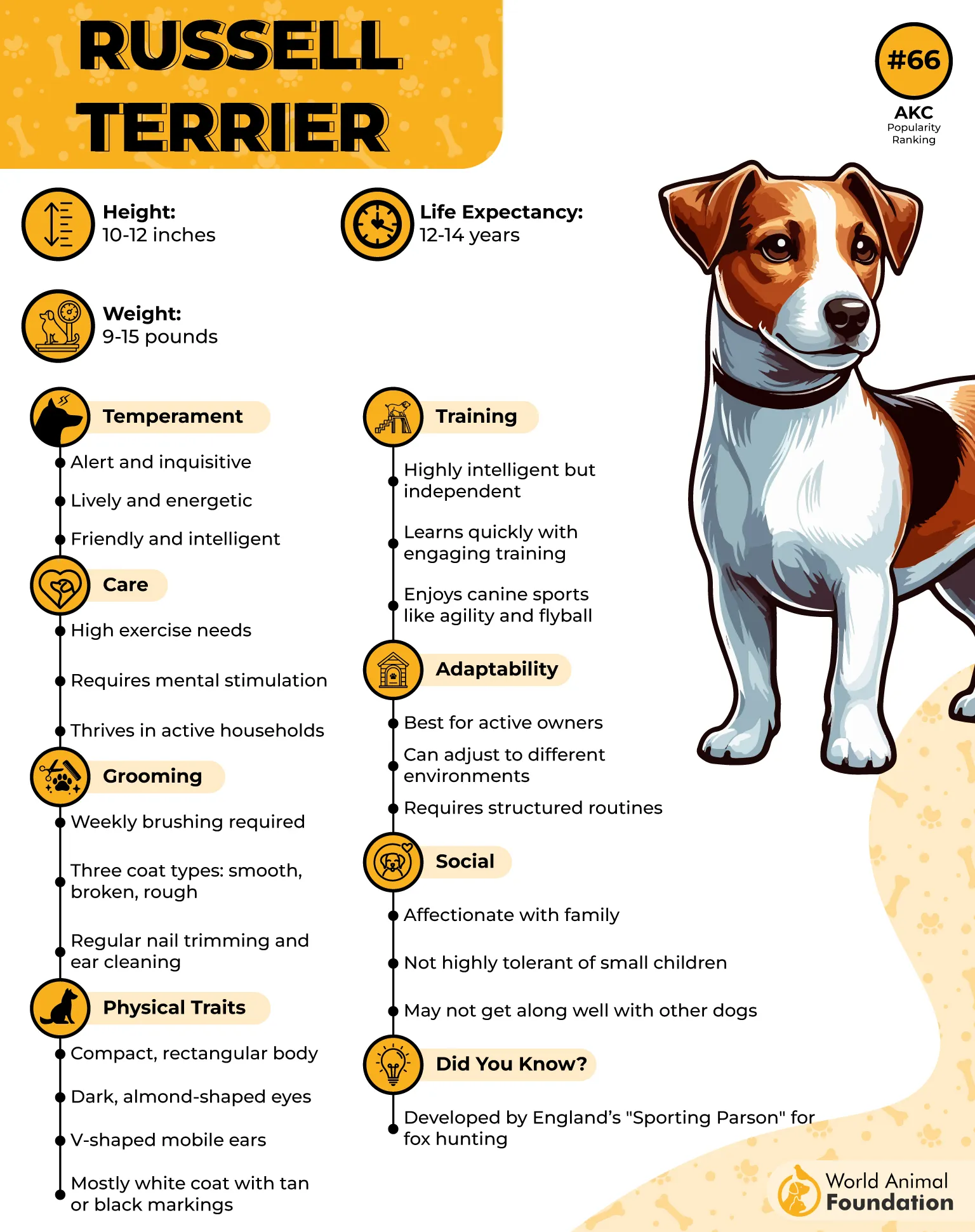
They might act rudely by:
Ignoring commands when they’d rather investigate something more interesting
Barking at strangers or animals out of curiosity or protectiveness
Getting into scuffles with other canines when their energy is unchecked
Snapping or nipping if they feel threatened or are mishandled, especially by small children
They don’t always stay rude forever. With steady training from a young age, they can learn to channel their energy productively. Jack Russell Terriers may display aggression toward other dogs or small animals if their territory is challenged.
Fun fact
Jack Russells are known as escape artists. Because they love following scents and exploring, they’ll test fences, dig under gates, or slip out when they see a chance.
4. Pekingese
Pekingese carry themselves like royalty. They were initially bred in ancient China to live in imperial palaces. According to Britannica, they were known as “lion dogs,” prized for their courageous, proud nature.
Because of that history, these small dogs often act like they’re in charge. They can be very stubborn. They may ignore commands if they don’t see the point. Despite their sometimes bossy demeanor, Pekingese have a surprisingly soft side when they trust their owners.
Pekingese sometimes show rude behavior by:
Barking loudly when they sense something unusual, even small threats or shadows.
Guarding their space or favorite person with growls or snaps, especially when strangers or other canines invade their territory.
Being aloof with people outside their trusted circle. They may tolerate family but stay distant from visitors.
Pekingese are less likely to misbehave if you give them respect, firm leadership, and early socialization. They respond better to calm, positive reinforcement rather than harsh correction.
Fun fact
Because Pekingese were carried in the robes of Chinese royalty, they were once called “sleeve dogs.” They weren’t meant to follow alongside hunters—they were fashion, status, and companionship.
5. Scottish Terrier
The Scottish Terrier, often called the “Scottie,” is small in size but mighty in personality. This dog breed was initially bred in Scotland to hunt foxes, badgers, and other burrowing animals, which required a mix of toughness, independence, and a sharp nature.
Because of that job, they developed a fearless, independent spirit. Today, that shows up in ways that some people call rude. Their bold and self-assured attitude can make them seem aloof or even stubborn.
They’re not the kind of dog to follow orders just because you gave them — they like to think things through first. As a result, many owners describe them as independent thinkers rather than obedient pets.
They tend to behave this way:
They may bark at strangers or anything unfamiliar and act very alert.
They’re very self-reliant. They might not obey commands immediately — only when they decide it makes sense.
They can be aggressive toward other dogs or small animals if they feel their territory is invaded.
Even so, many owners love them for their loyalty and courage. With early training and plenty of mental stimulation, a Scottie can learn to be both well-behaved and bold.
Fun fact
Wikipedia states that Scottish Terriers were once nicknamed “Diehards.” Legend says a nobleman so admired their stubborn courage that the name stuck.
6. Lhasa Apso
Lhasa Apsos were originally bred in Tibet by Buddhist monks. They guarded monasteries and palaces, watching over corridors and doors and alerting caretakers to intruders.
Because they were made to be watchdogs, their behavior can look rude to some. They are independent, sharp-willed, and sometimes bossy. They think carefully before obeying. Lhasa Apsos may act independently or aloof, but they show a soft and affectionate personality with family members.
They tend to behave this way:
They bark loudly or give a sharp alarm when they sense someone unfamiliar.
They can be aloof with strangers and slow to warm up.
They might snap or be snippy if their personal space is invaded or if they’re mishandled.
They often resist commands if the commands don’t make sense to them—or if they feel bossed around.
Even so, many owners adore Lhasa Apsos for their loyalty and character. With early training and socialization, firm but kind leadership, and understanding of their guard-dog history, you can guide them toward better manners. They can be affectionate and playful once they trust you.
Fun fact
Lhasa Apsos are known to be long-lived. Some live into their late teens, and the record among show-certified dogs is around 29 years!
7. Basenji
Basenjis come from Central Africa and were originally bred as hunting dogs for their stealth and agility. Basenjis retain many traits of their wild ancestors, showing intelligence and agility reminiscent of a wolf.
Because of their history, they often display traits that people label as rude. They’re independent, curious, and less inclined to obey just because a human says so.
They tend to behave this way:
They may ignore commands when they don’t see a reason to obey.
They don’t bark like most dogs, but instead use a yodel-like vocalization, making communication with them unique.
They have a strong prey drive and will chase after small animals if off-leash.
They may be aloof toward strangers and selective about who they warm up to.
Still, many dog owners love Basenjis for their charm and uniqueness. With consistent training and socialization, patience, and creative techniques, you can channel their independence into good manners.
They can also get along well with other breeds. Reward-based methods work best since they respond when they see value in listening.
Fun fact
Basenjis are often called “barkless dogs” because they don’t bark in the usual way. Instead, they make unusual sounds like yodel or “barroo” noises.
Conclusion
While these breeds are known as the rudest dog breeds of all time, their behavior stems from history, instincts, and temperament, not malice.
From the bossy Chihuahua to the independent Basenji, each dog’s “rudeness” can be managed with consistent training, socialization, exercise, and patience. Even large dogs like Dobermans or German Shepherds, or energetic breeds like Siberian Huskies, require structure to behave properly.
Even among popular dog breeds, some dogs show more independence or stubbornness than others, but with proper training, they can all become loyal companions.
Additionally, most other breeds not listed here also show aggression or independent tendencies. With understanding, guidance, and a love for their unique personalities, these dogs can become loyal, affectionate, and unforgettable companions.


